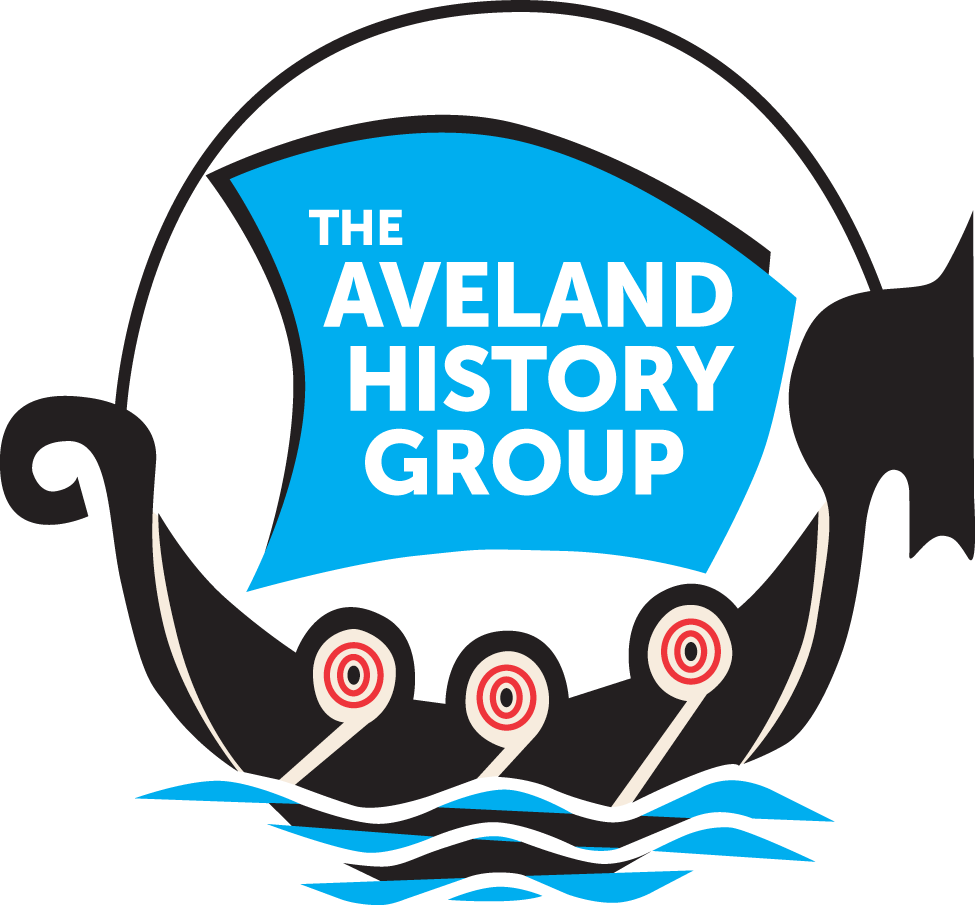Who We Are
An Introduction to The Aveland Wapentake
We are a Local History Group for the villages and towns of the ancient Aveland Wapentake. The Wapentake covers an area of the South Lincolnshire fen edge from Bourne in the South to Osbournby in the North and the villages either side of the A15 West and East.
The aims of the Group are:-
To have a regular programme of talks and events.
To facilitate local discussion groups to share and expand local historical knowledge.
To record, archive and protect our precious local history.
It is with great regret, that due to personal commitments, the organisers of the Springwells Heritage Group based in Billingborough have chosen to retire. By agreement the Aveland History Group is delighted to now incorporate the Springwells Heritage Group and its members, who bring with them a wealth of historical knowledge and a lively enthusiasm for the protection of our local history.
What Area Is The Ancient Aveland Wapentake?
Straddling the fen-edge, the area is one of the most distinctive in the whole of the county of Lincolnshire. Some thirteen miles by seven, it encompassed at least 39 communities in the High Middle Ages, of which 37 are recorded by name in Domesday Book, and its rich resources of upland, skirt, and fenland supported a large population until the advent of factory farming in the present century. An administrative area of Lincolnshire first set up by the Danish invaders in the 9th and 10th century, it’s centre was the Aveland Moot 3 miles west of the present village of Aslackby, and situated just about midway between Kings Street and Mareham Lane, and South of the Salters way. We are lucky to have a diverse and extensive history.
From Neolithic and Bronze Age settlements, a phenomenal link with the Romans, who chose to build three of their major communications networks through the area, then the Anglo-Saxon settlers who found the area so rich and appealing, as did the Viking invaders who placed us under Danelaw, whilst taking advantage of the rich trading routes and the links to home. The invading Normans seemed quite keen to settle here, giving money and lands to found or enhance Monasteries, Priories, Abbeys and Preceptories that proliferated Pre-Reformation, as well as castle strongholds (or just luxury real estate of the day). These people have all left their mark. Some of it obvious in the ancient architecture dotting the area and still visible today, some of it buried beneath tantalising lumps and bumps, still to be explained or explored. Fast forward into more recent history and you will find major drainage schemes, look outs for the Napoleonic invasion, the early lives of settlers of foreign shores, large scale idiosyncratic industries (watercress production springs to mind), railways that came and went, racing cars and cold war missiles, not forgetting of course our very own WWII airfield, providing the take off point for some of the most famous actions of the war.
An area perhaps overlooked by historians until recently, but dig deeper and all life is here.

